Is Spring Water Safe To Drink?
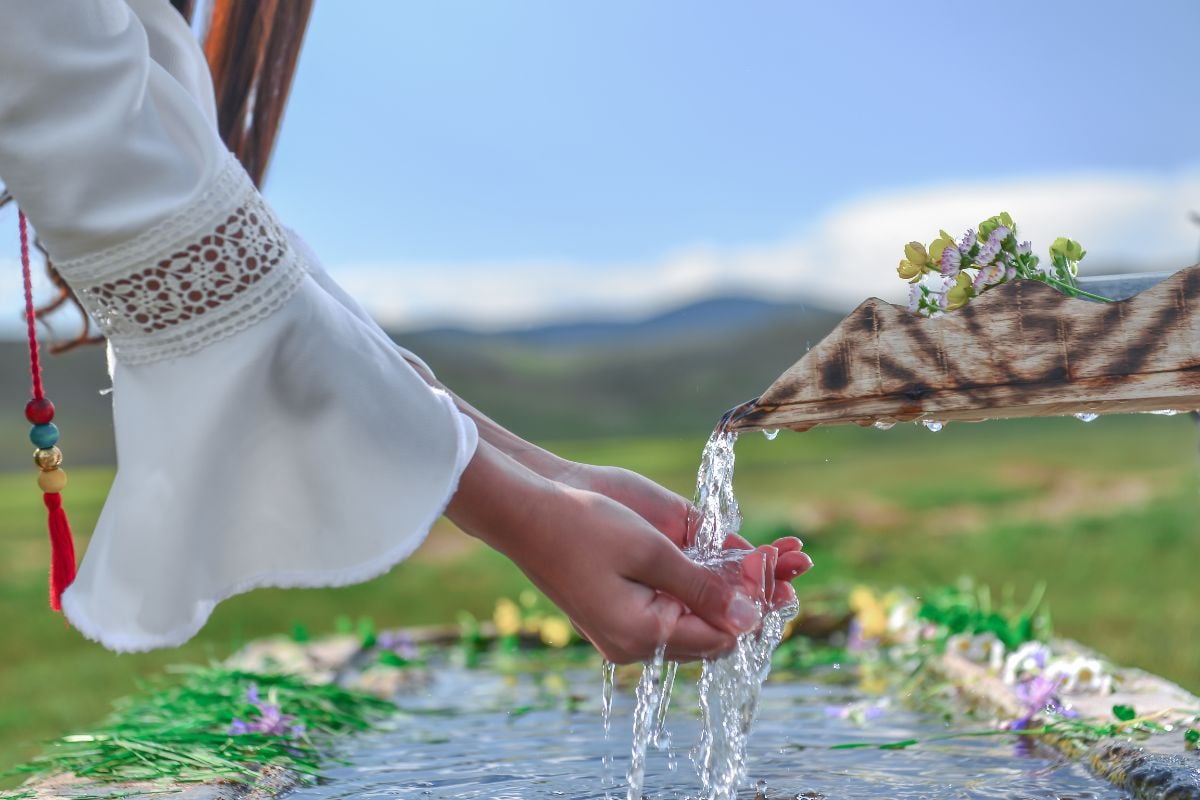
Nowadays hardly anyone will argue with the fact that hydration is crucial for our bodies. If you are still not convinced, see here why water is considered an essential nutrient. Drinking lots of water daily has huge benefits for both your mental and physical health, and you are likely to be a healthier and happier person. Also, drinking water every day shows that you care about what goes into your body.
The problem is, however, that modern greenwashing endeavors complicate the process of finding safe and non-toxic grocery items. Actually, when I founded the I Read Labels For You Blog, my primary goal was to give you the tools to interpret complex consumer product ingredients. Plus, I wanted to provide you with trusted product recommendations. So, in this post, you will not only get a safer product recommendation, but also find answers to some questions about spring water. Specifically, what is spring water, and is it safe to drink? This is what we will discuss below.
Is Spring Water Safe To Drink?
What Is Spring Water?
To begin, natural spring water comes from underground streams that naturally rise to the surface via water pressure (source). As the water flows to the aboveground spring, it filters through natural purifiers like limestone, sandstone, and clay. Once collected, it is put through commercial filtration processes to meet FDA bottled water regulations. If you are a regular consumer of bottled water, you will benefit from these bottled water basics compiled by the EPA.
Since spring water is considered to have a higher concentration of nutrients and minerals, it is popular with consumers. Depending on the contents of the underground aquifer and the filtration substances, the water minerals may include potassium, magnesium, calcium, and sodium. When companies add extra minerals to the water, they call it “mineral water.”
Spring water may also be popular among consumers due to its alternative taste and the trendy nature of the product. Much like alkaline water, the hype and some marketing practices make spring water seem safer and more beneficial than it actually is. (Learn more about my research and opinions on alkaline water here.)
Where Does Spring Water Come From?
People collect spring water at the opening of an aboveground spring or from the underground water source, aka aquifer, using a borehole (source). A spring occurs when an aquifer receives its water supply from rainwater and the pressure drives the water to the surface.
However, this is just where true spring water comes from. For example, a class action lawsuit alleges that Poland Spring bottled water was not really spring water (source).
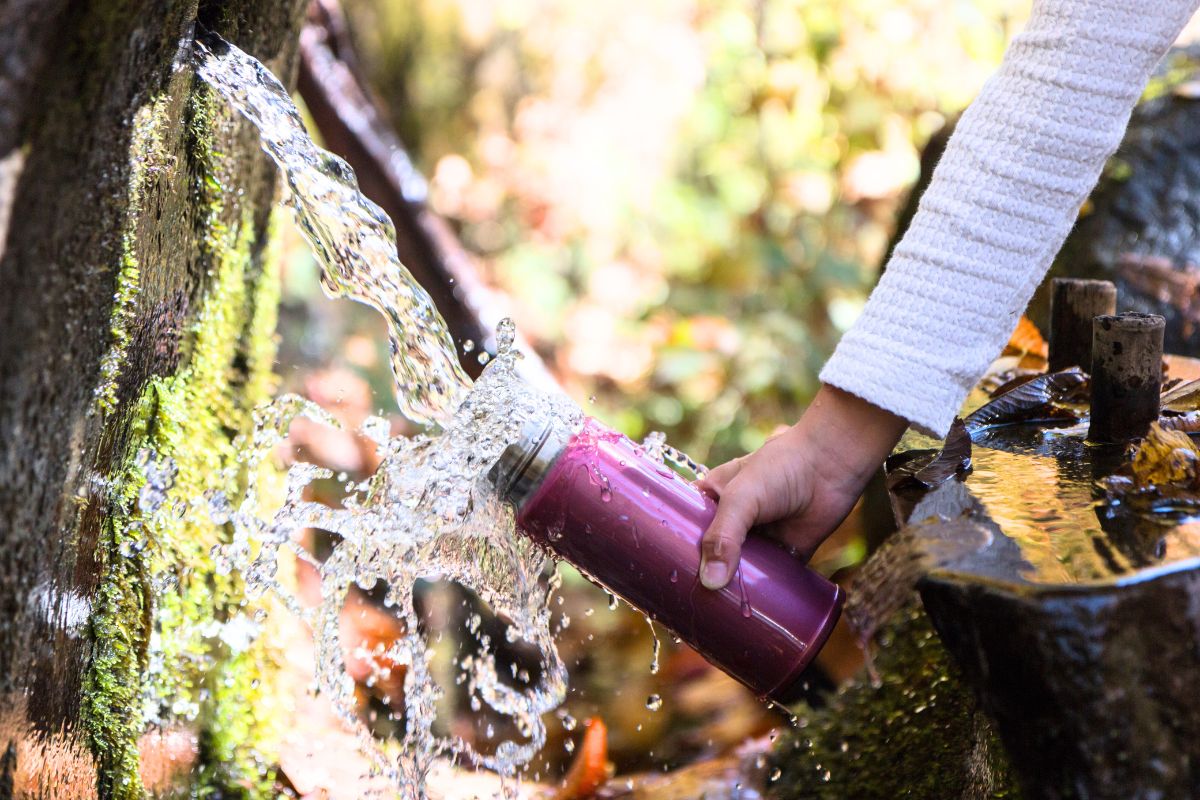
Is It Safe To Drink Spring Water?
All “spring water” cannot be considered safe to drink because the water quality is widely unknown. The mere fact that spring water occurs naturally does not automatically make it healthy. Indeed, environmental pollution could make your nutrient-rich spring water laden with dangerous toxins that natural filtration systems may not remove. Thus, this European study discovered high levels of residues of pesticides and nitrates in certain spring water, which leached from nearby farmland.
Additionally, plastic bottles that seem to be common packaging for spring water contain additives used as plasticizers. They include bisphenol A (BPA), bisphenol S (BPS), and bisphenol F (BPF) that, among other things, have endocrine disrupting effects (source). (Note: a “BPA-free” claim on a plastic product only means that a different plasticizer was used, which may or may not be less harmful than BPA.)
Thus, in 2011, George Bittner, Ph.D., a professor of neurobiology and the founder of CertiChem lab, tested all types of plastics. The results showed that almost all commercially available plastics that he tested leached synthetic estrogen (source). Moreover, this study compared water from the same spring packaged in glass and PET plastic. The study revealed that the estrogenic activity was three times higher in the water from plastic bottles. (You can learn more in my post about plastic plates.)
Although sometimes plastic bottles are unavoidable, try not to make them a part of your usual routine. On the other hand, while glass bottles are better, they don’t solve the issue of environmental contaminants either. One of the ways to handle this issue is to test your water.
How To Know If Spring Water Is Safe
I believe the best way to know if your spring water is safe is to use a Tap Score testing kit. The process is easy, and the results are not difficult to understand either. Tap Score tests for many contaminants, including lead, fluoride, asbestos, and even offers a specialized testing kit for bottled water (email us for 10% off). When you buy a testing kit, you pull a sample of water, mail it to the lab, and they send you the results of the testing.
If you still choose prepackaged water due to convenience or local water concerns, I have a safer recommendation for you. Specifically, based on my research, Mountain Valley Spring Water in glass bottles is one of the safest bottled water options. In fact, I tested it with the Tap Score water testing kit and gained good results. (You can view the test report here). Namely, there were no disinfectant by-products, bacteria, heavy metals, or nitrates. Yet, there was 0.1 ppm of naturally occurring fluoride. (For reference, municipalities normally raise fluoride to 0.7 ppm.) However, we still don’t know about PFAS and radium.
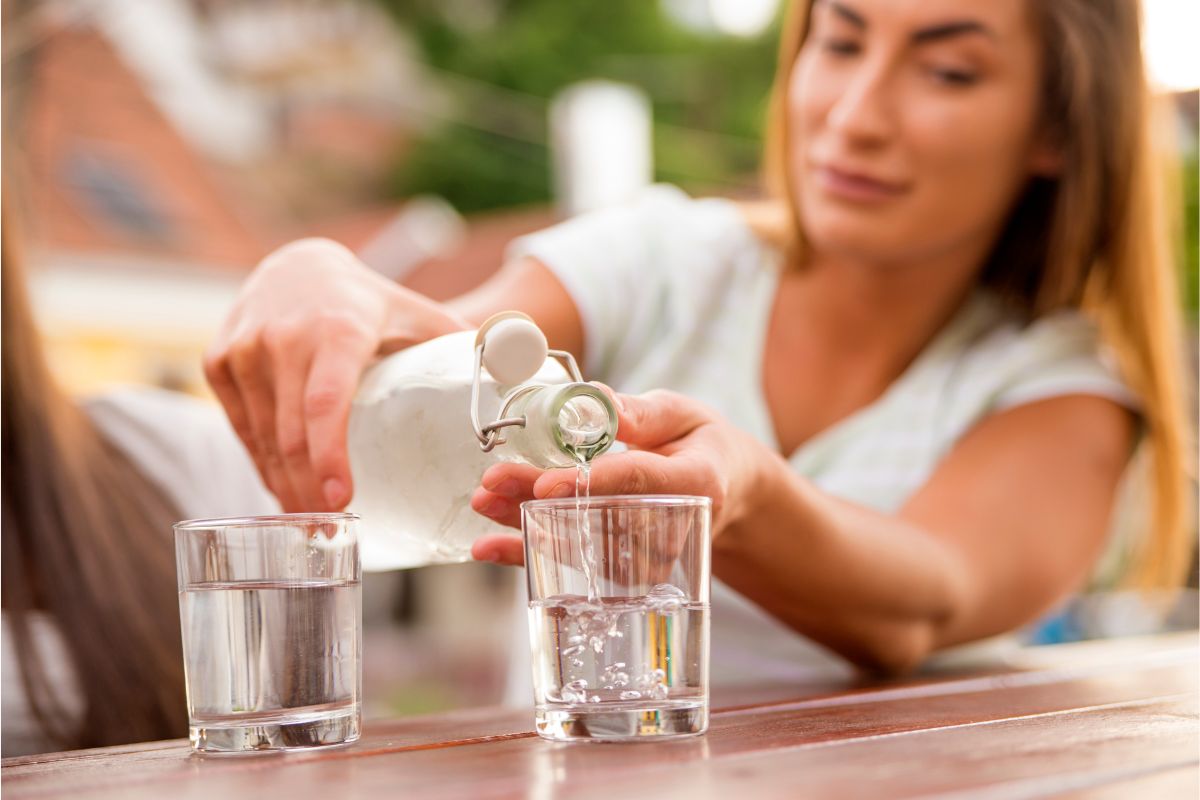
How To Make Water Safer To Drink
Boiling
This is a tried-and-true method of making water safer by killing viruses, bacteria, and parasites. Boiling water reduces the risk of sickness from microorganisms, and sometimes water districts ask people to boil their tap water (source). Simply bring your water to a boil and let it sit for 1-3 minutes. Then, pour the water into a stainless steel or glass bottle for drinking.
Keep in mind, though, that boiling water does not make it clean, purified or filtered, and does not remove any contaminants including lead (source). To rid your water of those, you must use water filtration systems.
Filtration
Basically, we all need to use water filtration systems because everyone’s water is polluted with one or more pollutants. Some water has lead, some has arsenic, and some (like ours) even has uranium in it! (If you have this problem, read my post about what you can do about uranium in water.)
An important thing to understand here is that your water filter must match the pollutants in your water. And how can you know which pollutants your water has? With the help of a water test (like Tap Score)!
Having researched the field of water filtration since 2012, I’ve seen and used quite a few filters, including reverse osmosis. I actually describe my experience and research into popular filters like Aquasana, Berkey, and Pure Effect in my detailed post that can help you choose the best water filter system for you. At present, I use Pure Effect in my house, and Epic Pure water filter pitcher for traveling. You can also get assistance at Clean Water Revival in selecting a water filtration system for your needs.
Consume your Spring Water With Caution And Proper filtration.
In my opinion, spring water is not significantly superior to any other bottled water variety. It does pose a few risks, such as environmental and packaging contaminants (specifically, from plastic).
To ensure the safety of your water, I believe it is a good idea to test it and filter it through your home filtration system. This will help you confirm that your water is non-toxic and as beneficial as possible.
For more healthy living information, browse the I Read Labels For You Blog. I am determined to help you keep your families safe from toxic products through easy-to-understand research and my organized shop of safe products.
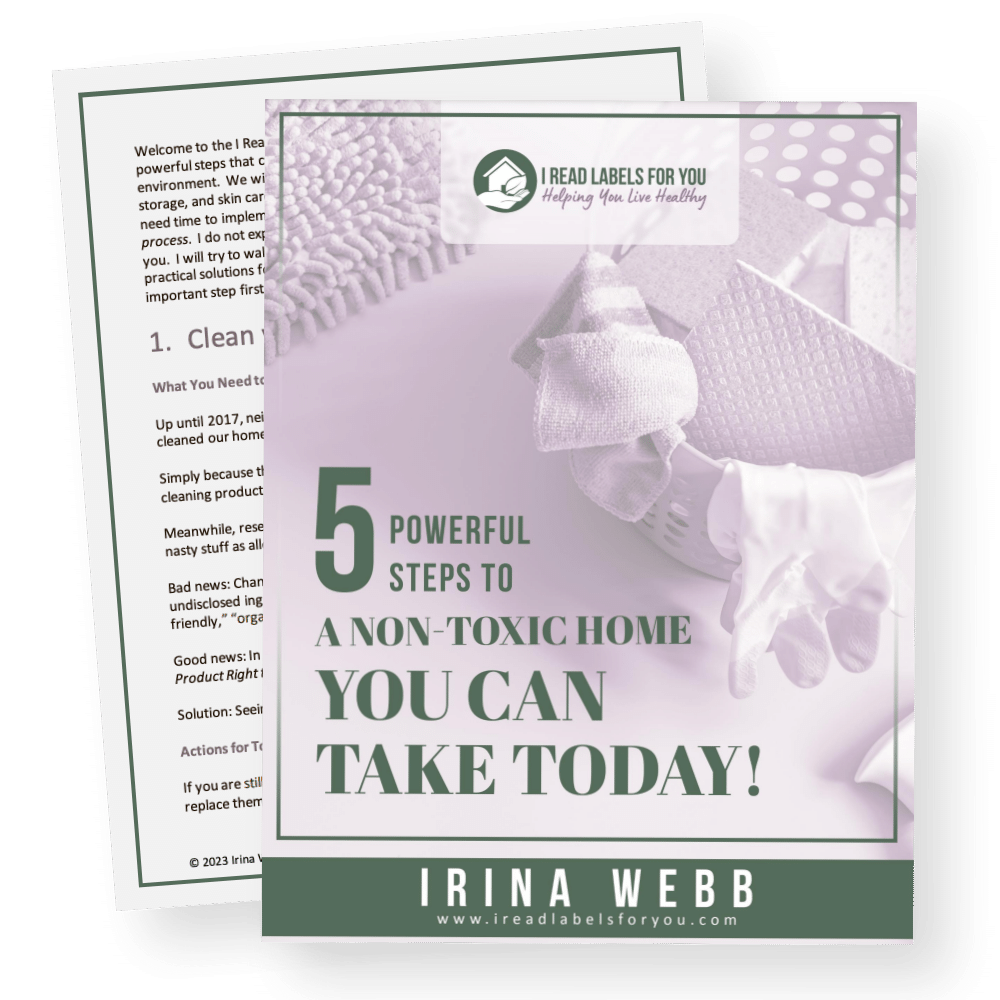
Download The Free Guide!
5 Powerful Steps To A Non-Toxic Home
Join our informed consumer community and get our free guide the “5 Powerful Steps To A Non-Toxic Home”.

 Written by
Written by 

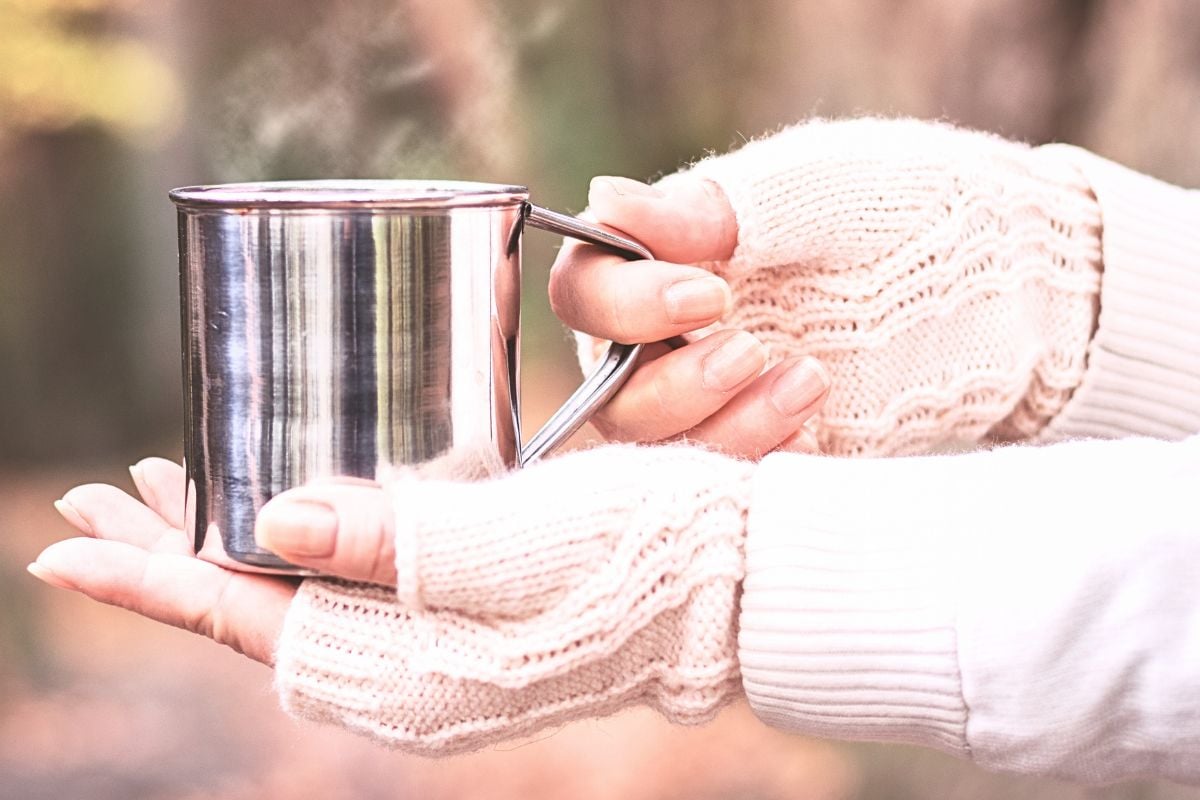
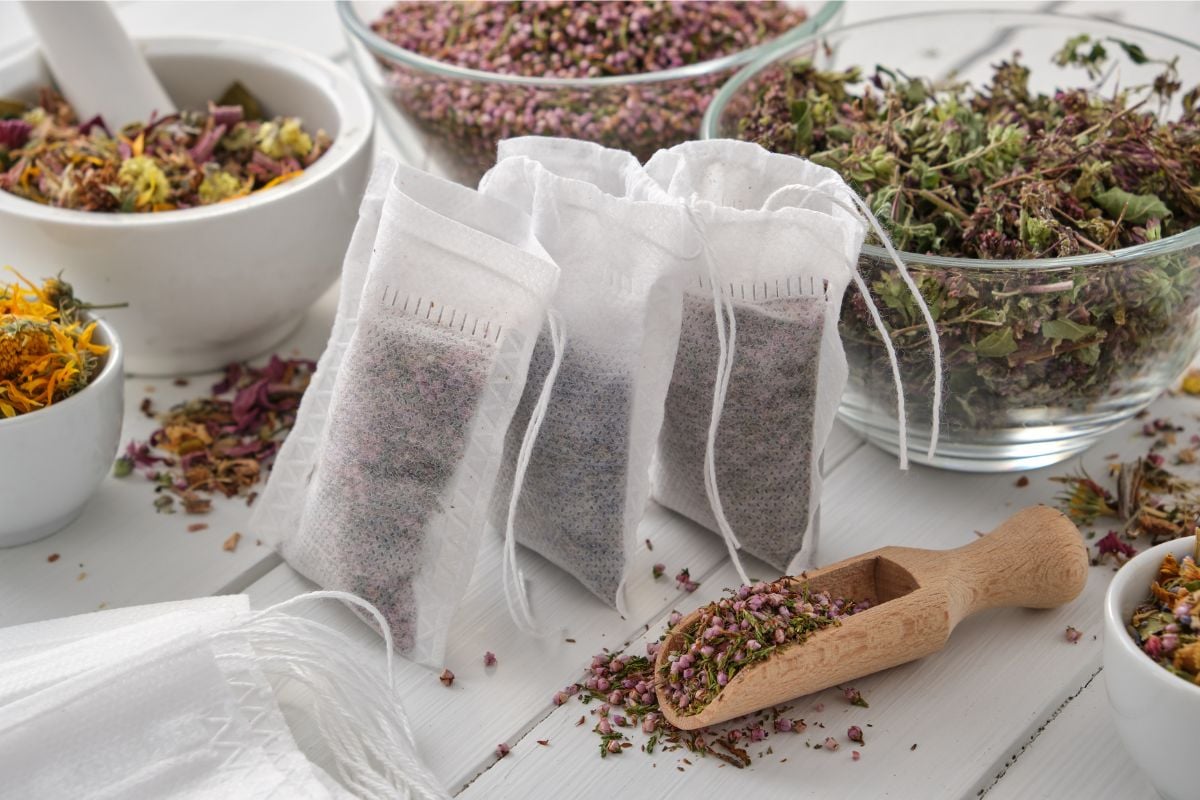


Before commenting, please read our Comment Policy.